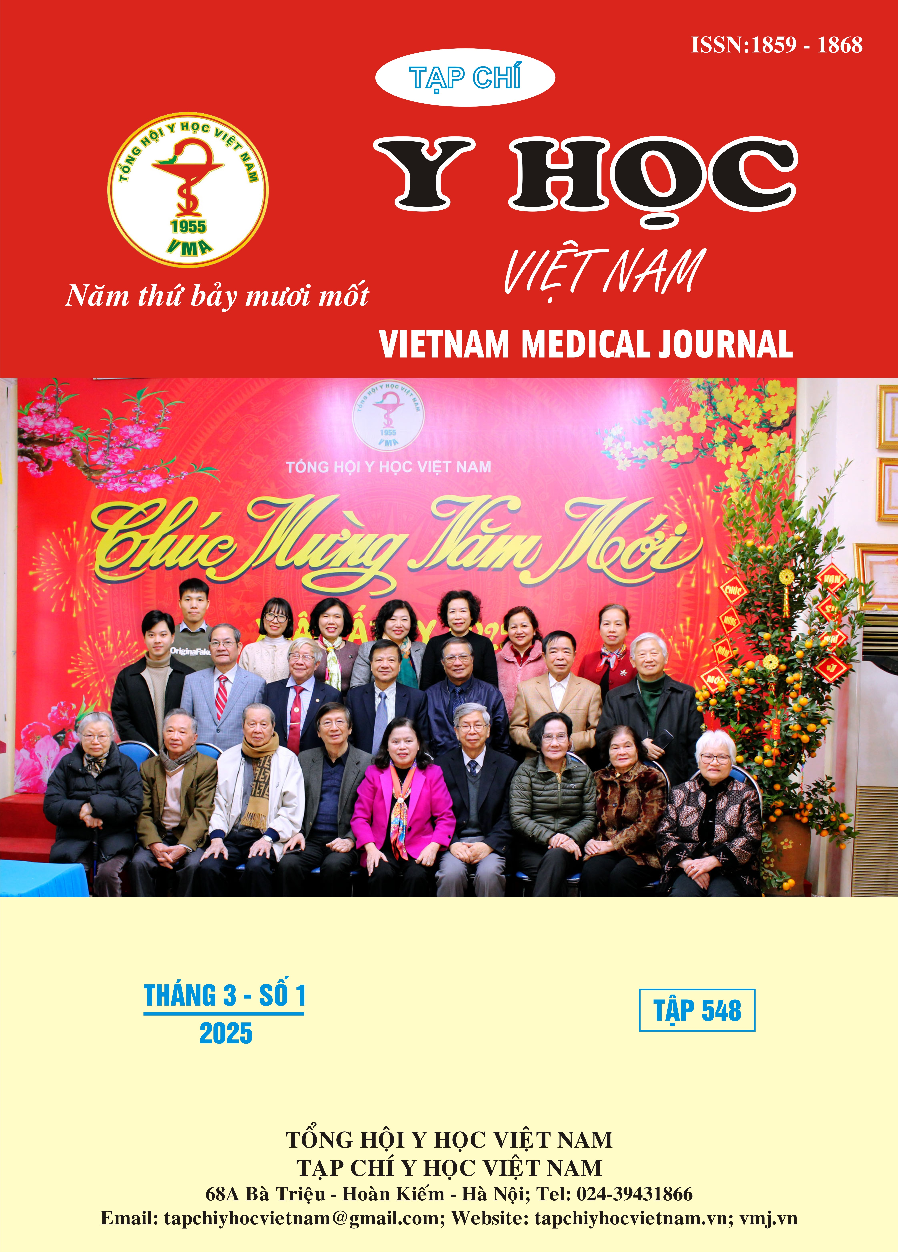COST-EFFECTIVENESS ANALYSIS OF ANIDULAFUNGIN COMPARED TO OTHER ECHINOCANDINS MEDICATIONS FOR THE TREATMENT OF INVASIVE CANDIDA INFECTIONS IN VIETNAM
Main Article Content
Abstract
Background: Echinocandins, a recently developed injectable antifungal drug, have demonstrated efficacy and safety in numerous clinical studies, leading to their approval for the treatment of invasive Candida infections. However, the cost-effectiveness of this drug requires thorough evaluation, particularly in countries with limited healthcare resources, such as Vietnam. Research methods: Using a decision-tree model, our analysis simulates the invasive Candida treatment process, incorporating data sourced from medical literature and insights obtained through expert interviews, all considered from the perspective of the Vietnamese healthcare payer. Results: In the base-case result, from the perspective of the health insurance payer, anidulafungin exhibited a treatment cost of 95.87 million VND, lower than caspofungin (125.20 million VND) and amphotericin B lipid complex (ABLC) (151.02 million VND), but higher than fluconazole (66.69 million VND), amphotericin B (55.89 million VND), and voriconazole (53.52 million VND). Simultaneously, anidulafungin demonstrated the highest effectiveness with 5.34 Life Year Gains (LYG), surpassing other interventions by 0.34 – 1.28 LYG. Consequently, in comparison to caspofungin and ABLC, anidulafungin not only reduces costs but also enhances effectiveness. The incremental cost-effectiveness ratio (ICER) values of 56.97 million VND/LYG compared to fluconazole, 58.96 million VND/LYG compared to amphotericin B, and 70.13 million VND/LYG compared to voriconazole are all lower than Vietnam's per capita GDP in 2023 (101.90 million VND). Conclusion: In the real-world setting of invasive candidiasis treatment in Vietnam, anidulafungin achieved higher cost-effectiveness compared to fluconazole, amphotericin B, and voriconazole, while being dominant over caspofungin and ABLC from the Vietnamese healthcare payer perspective.
Article Details
Keywords
Echinocandins, invasive candidiasis, IC, cost-effectiveness
References
2. Hướng dẫn chẩn đoán và điều trị nhiễm nấm xâm lấn (2021).
3. F. Bongomin, S. Gago, R. O. Oladele, and D. W. Denning, "Global and multi-national prevalence of fungal diseases—estimate precision," (in B), Journal of fungi, vol. 3, no. 4, p. 57, 2017.
4. B. v. T. M. H. Học. (17/11/2023). Khảo sát tỉ lệ nhiễm nấm Aspergillus xâm lấn tại BV.TMHH.
5. E. J. Mills et al., "Antifungal treatment for invasive Candida infections: a mixed treatment comparison meta-analysis," (in B), Annals of clinical microbiology and antimicrobials, vol. 8, no. 1, pp. 1-11, 2009.
6. G. Auzinger et al., "Cost-effectiveness analysis of anidulafungin for the treatment of candidaemia and other forms of invasive candidiasis," (in B), BMC Infectious Diseases, vol. 15, no. 1, pp. 1-8, 2015.
7. C. F. Neoh et al., "Cost-effectiveness analysis of anidulafungin versus fluconazole for the treatment of invasive candidiasis," (in B), Journal of antimicrobial chemotherapy, vol. 66, no. 8, pp. 1906-1915, 2011.
8. R. Ben-Ami, "Treatment of invasive candidiasis: A narrative review," (in B), Journal of Fungi, vol. 4, no. 3, p. 97, 2018.
9. C. F. Neoh et al., "Cost-effectiveness analysis of anidulafungin versus fluconazole for the treatment of invasive candidiasis," (in eng), J Antimicrob Chemother, vol. 66, no. 8, pp. 1906-15, Aug 2011.
10. C. Reboli et al., "Anidulafungin versus fluconazole for invasive candidiasis," vol. 356, no. 24, pp. 2472-2482, 2007.


